Blum Question: Sharding Explained
Are you ready to conquer the Blum task, “Sharding Explained”? If so, you’re in the right place! As blockchain technology expands, so does the need for innovative solutions to scalability challenges. Sharding is one of the most promising approaches to help blockchains handle increasing transaction volumes. In this article, we’ll provide the answer to your task while also giving you a quick overview of sharding and its importance in blockchain technology.
Sharding Question & Answer
In the middle of our exploration of sharding, let’s focus on a key question and its answer, presented in a simple table:
| Task | Answer |
|---|---|
| Sharding Explained | BLUMTASTIC |
Now that we’ve got the question and answer, let’s continue with a deeper look into how sharding functions.
What Is Sharding?
Sharding is a method used in computer science to divide large datasets into smaller, manageable pieces known as shards. In blockchain, sharding refers to a scalability solution that splits the blockchain network into smaller partitions, or shards. Each shard manages its own data and processes its own set of transactions, allowing for multiple transactions to occur simultaneously. This contrasts with traditional blockchains where every node processes every transaction, which can lead to bottlenecks as the network grows.
How Sharding Works in Blockchain
In a sharded blockchain, the network is divided into several smaller sections. Here’s how it works:
- Network Division: The blockchain splits into smaller shards, with each shard containing nodes responsible for processing and validating transactions.
- Parallel Processing: Each shard operates independently, enabling simultaneous transaction processing and significantly increasing the network’s overall throughput.
- Cross-Shard Communication: Shards may need to communicate with each other, especially when a user wants to send tokens from one shard to another. Cross-shard communication protocols facilitate these transactions.
- Security: Ensuring the security of each shard is crucial. Developers utilize cryptographic proofs and validators to maintain the network’s integrity.
Why Is Sharding Important?
Sharding plays a vital role in addressing the scalability challenges facing blockchain technology:
- Scalability: It allows networks to process thousands of transactions per second (TPS), significantly more than traditional blockchains.
- Efficiency: By managing data in smaller parts, sharding reduces the workload on individual nodes, enabling a larger transaction volume.
- Decentralization: Sharding supports a wider range of nodes in the consensus process, reducing the risk of centralization.
- Reduced Costs: Increased efficiency translates to lower overall costs for users, especially during times of high network congestion.
Sharding in Ethereum 2.0
Ethereum 2.0 is set to implement sharding as a key feature to improve scalability. Currently, Ethereum faces issues like high fees and slow transaction times during peak demand. Sharding aims to enhance the network’s capacity to handle a significantly higher transaction volume, making it more efficient and cost-effective for users.
Challenges and Risks of Sharding
While sharding has great potential, it also faces challenges:
- Security Concerns: Each shard’s independence poses risks, as ensuring that no shard is compromised requires complex solutions.
- Cross-Shard Communication: Maintaining efficient communication between shards without bottlenecks is a significant technical challenge.
- Implementation Complexity: Implementing sharding is complicated and requires meticulous planning to ensure decentralization and security.
The Future of Sharding and Blockchain Scalability
Sharding is expected to play a crucial role in the evolution of decentralized networks. With Ethereum 2.0 and other platforms adopting sharding, we anticipate faster transaction speeds, lower fees, and greater user accessibility. This will enable blockchain technology to unlock its full potential across various applications, including decentralized finance (DeFi) and non-fungible tokens (NFTs).
Conclusion
Sharding is a groundbreaking concept addressing modern blockchain scalability challenges. By dividing the network into smaller, independent shards, blockchain platforms can process transactions in parallel, significantly enhancing efficiency and reducing costs. As a key feature of Ethereum 2.0 and other advanced blockchains, sharding will be pivotal in the widespread adoption of decentralized technologies.
To complete your Blum task and deepen your understanding of sharding, use the answer BLUMTASTIC. Keep an eye on the developments in sharding, as they are poised to transform the future of blockchain scalability!

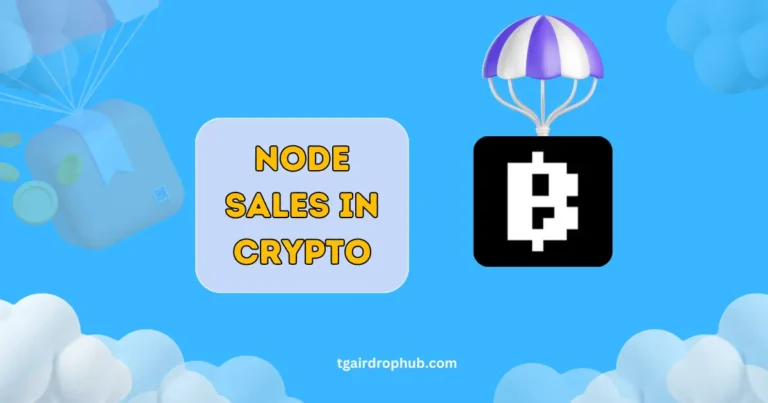
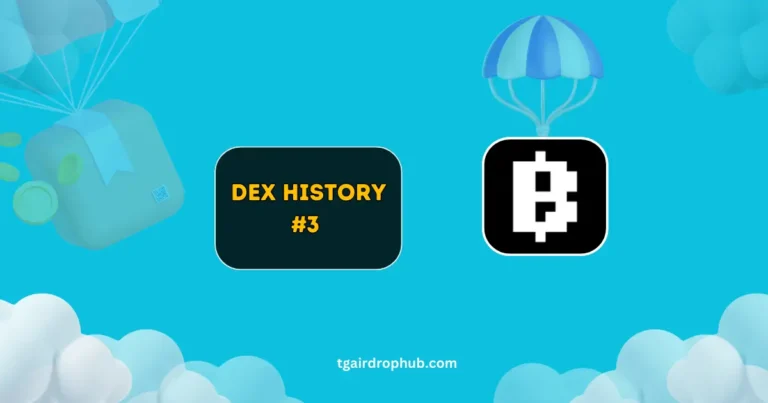
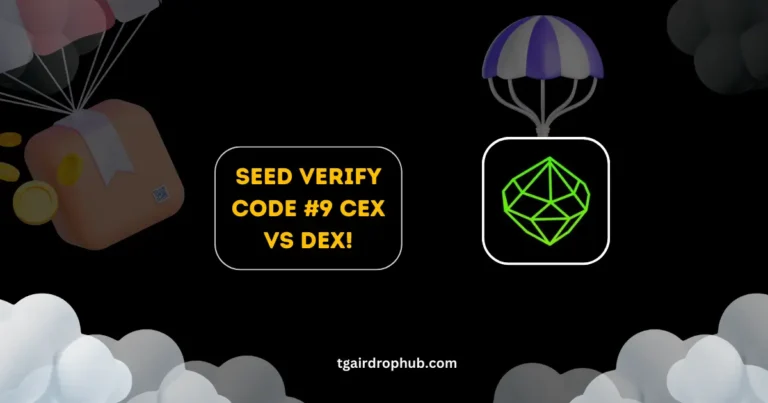
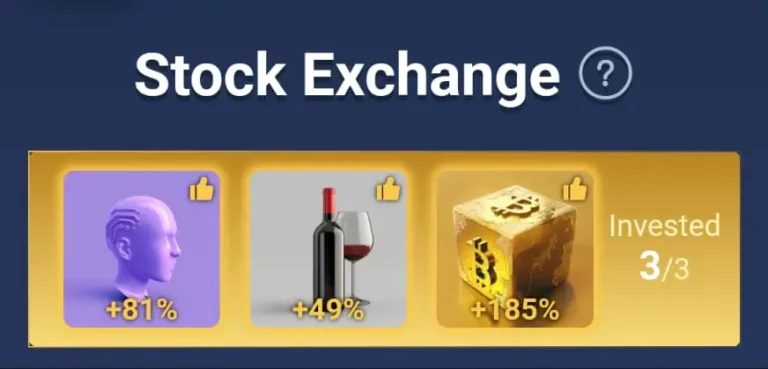
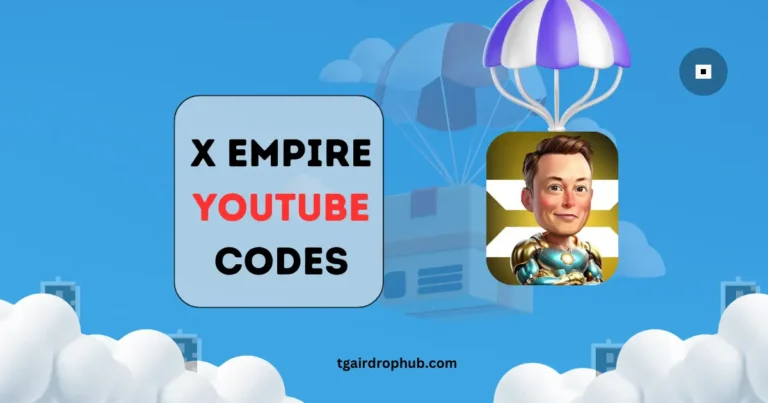
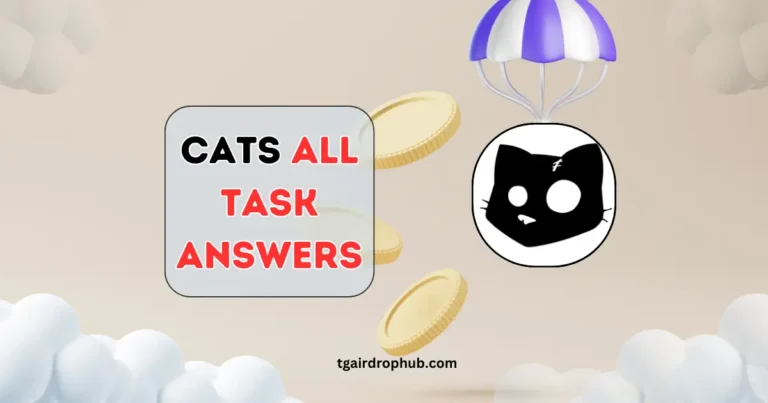
One Comment